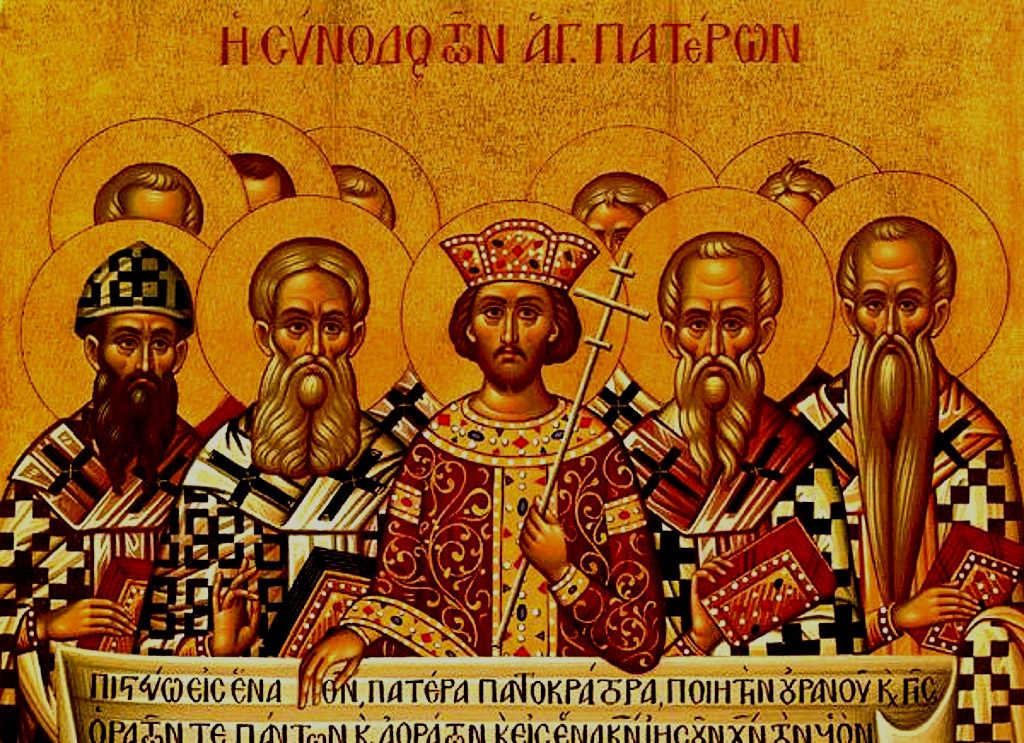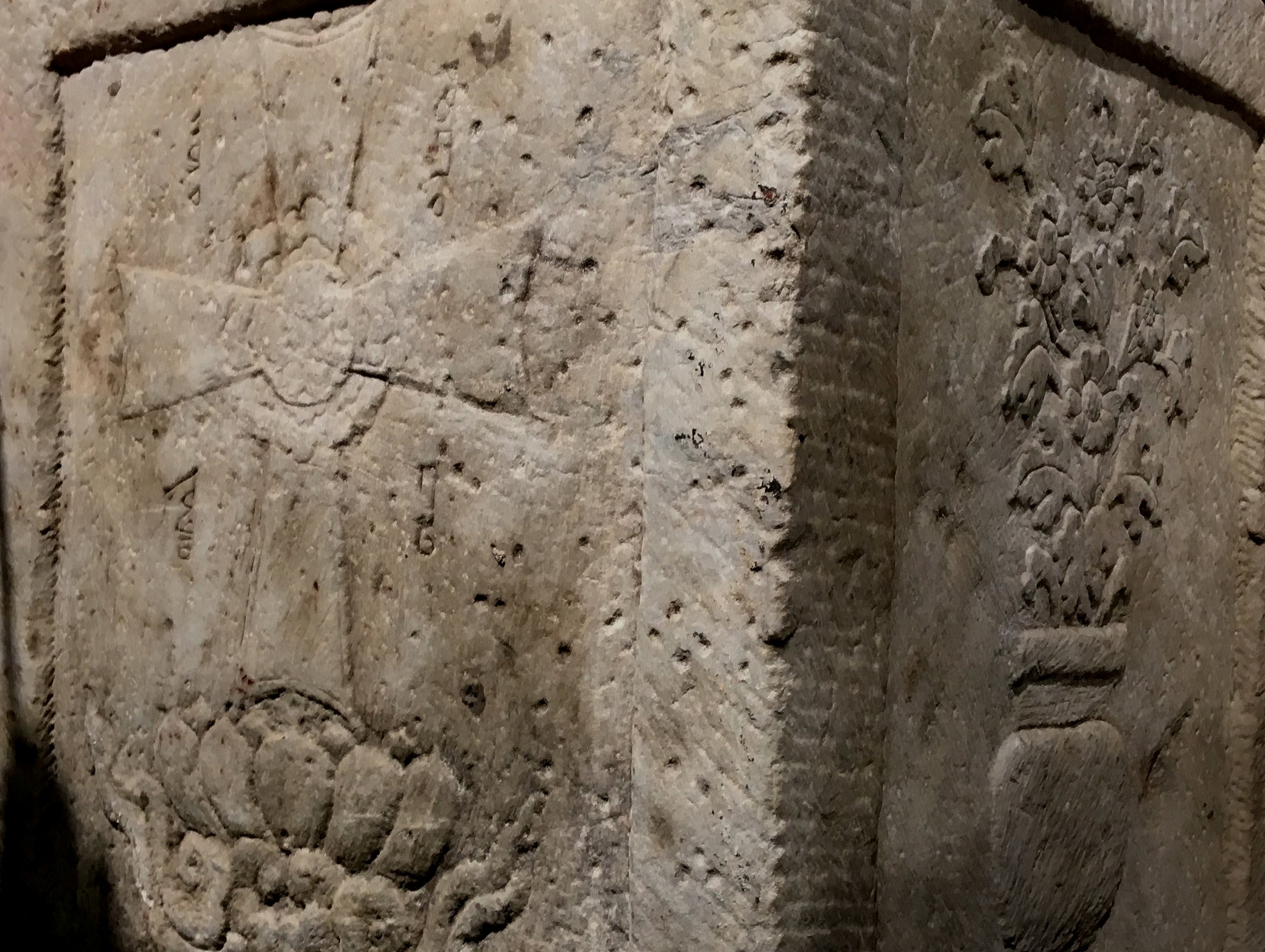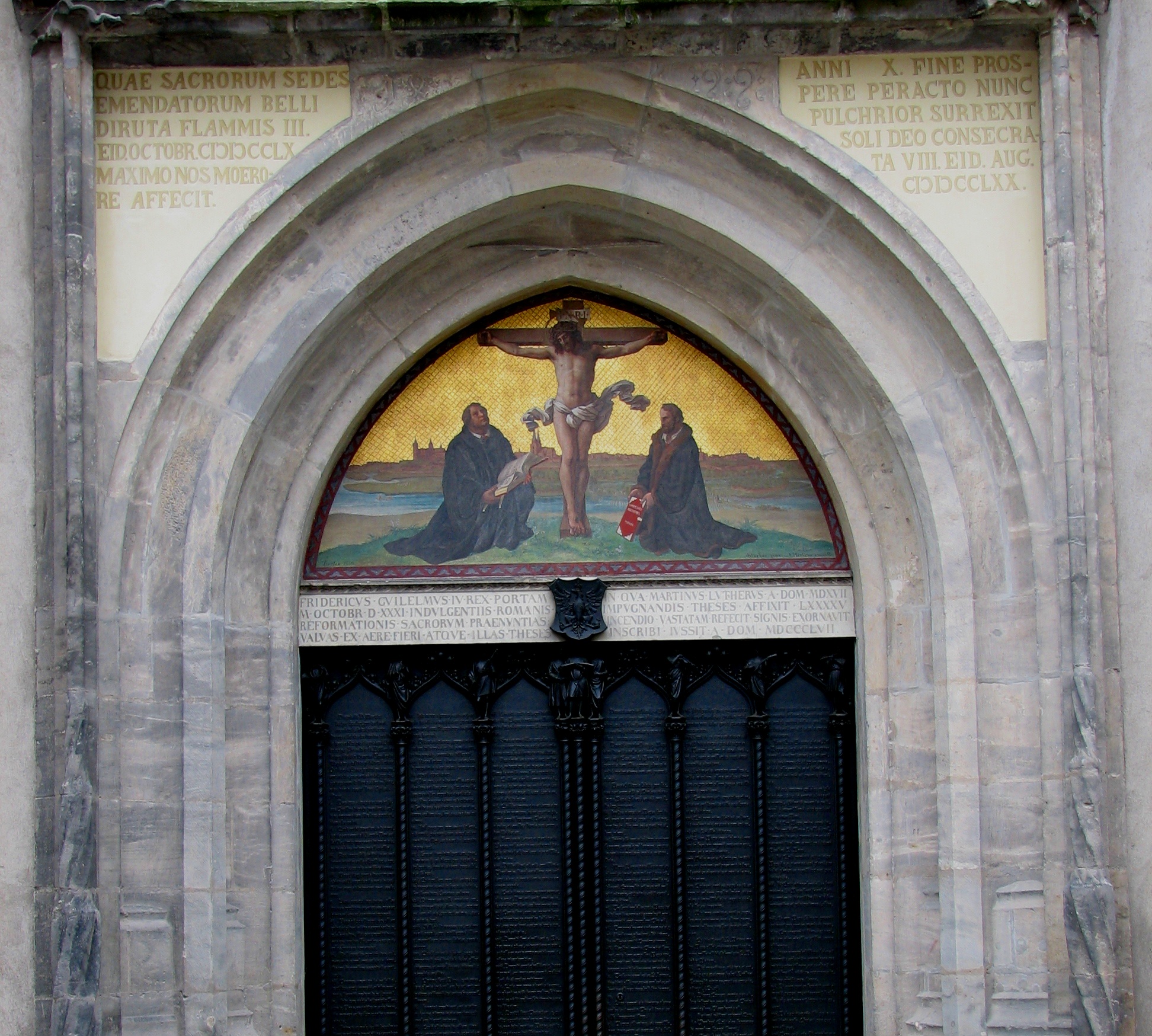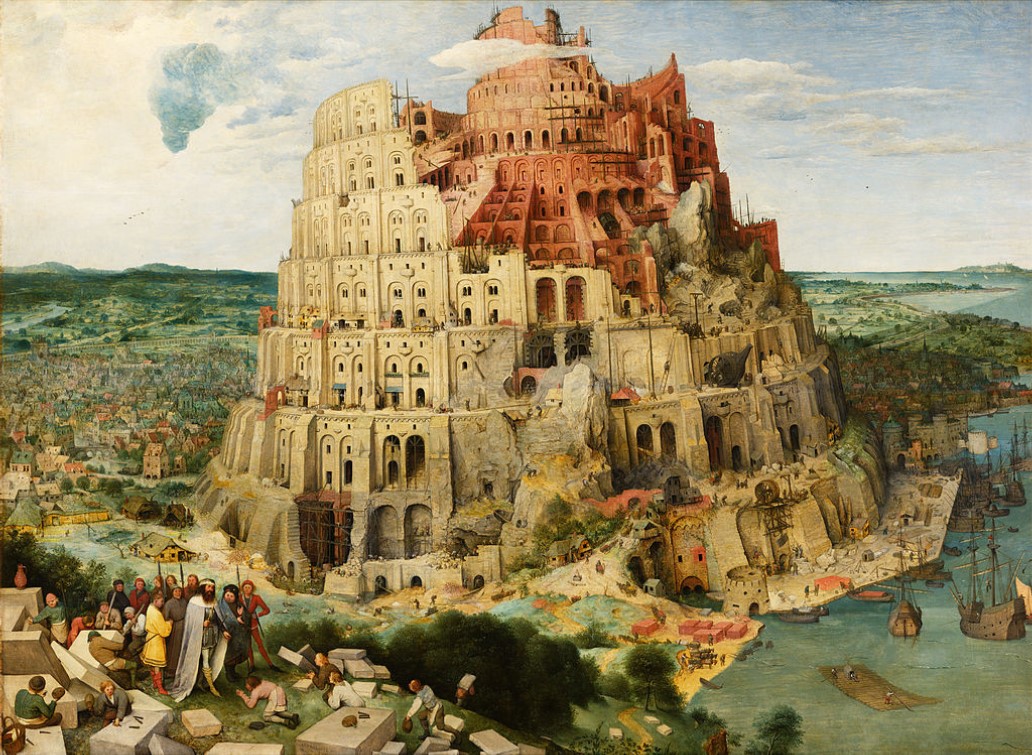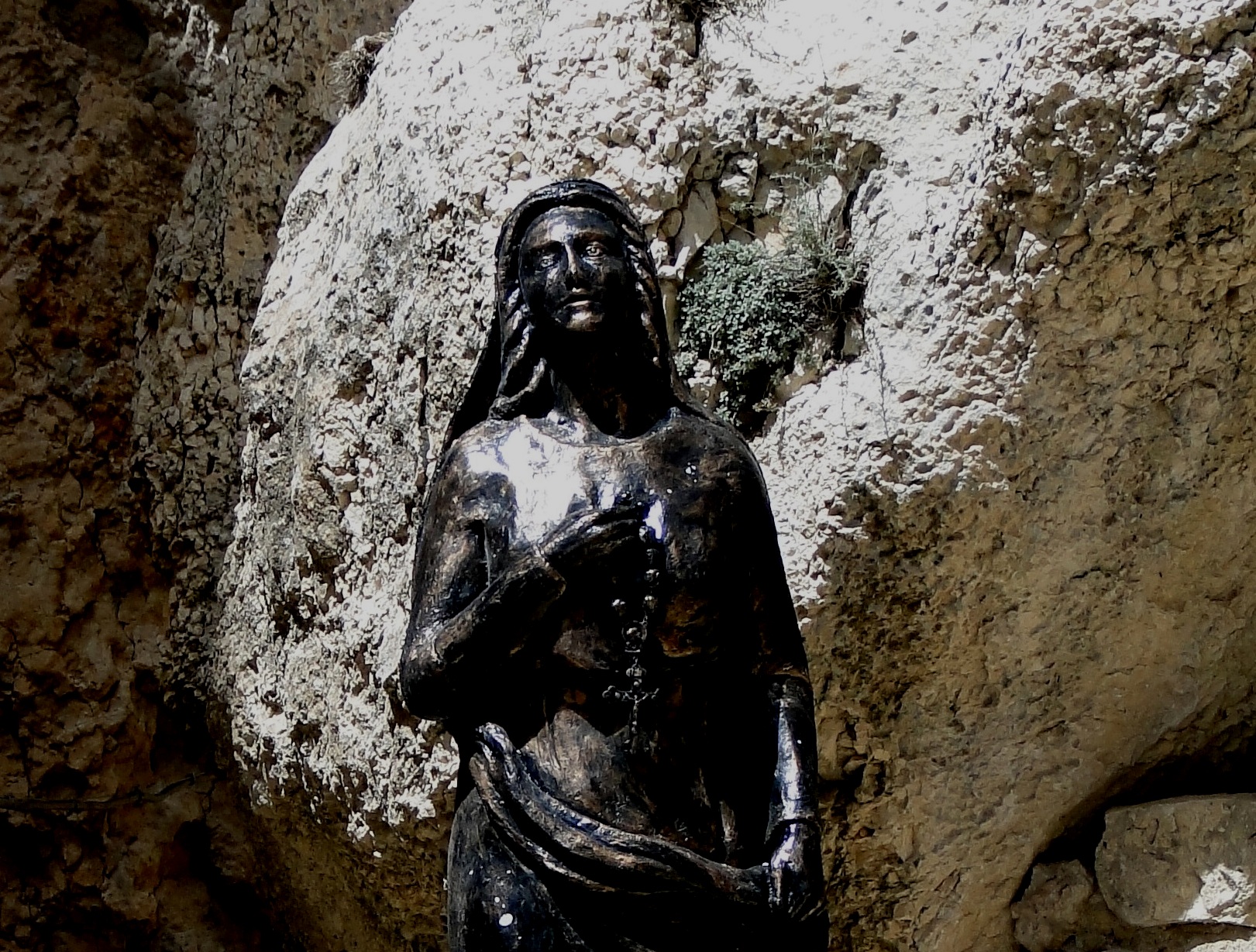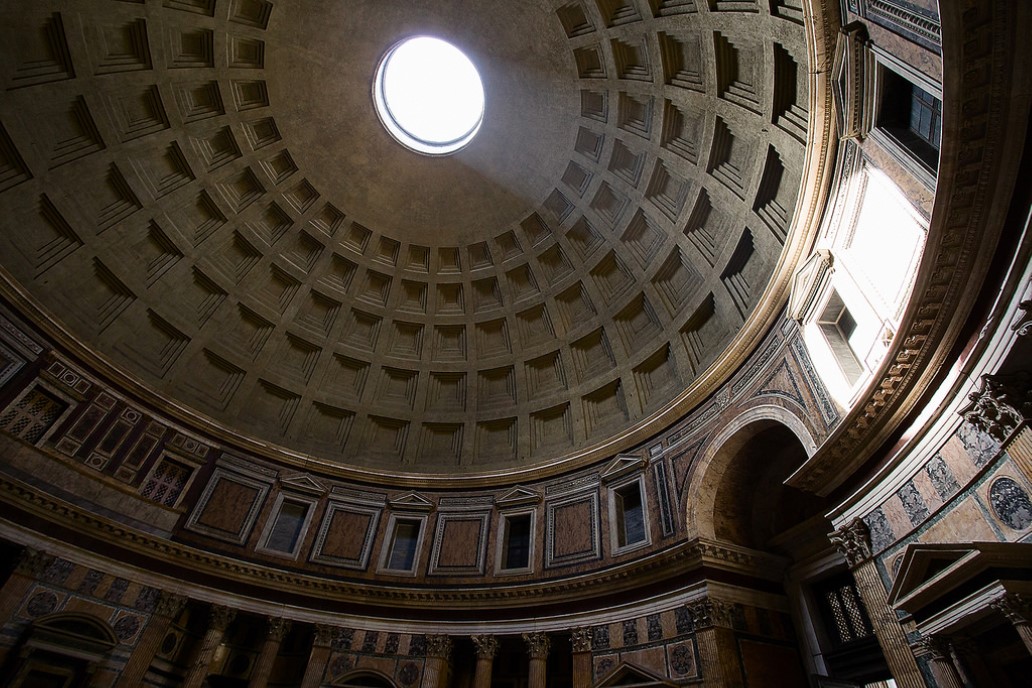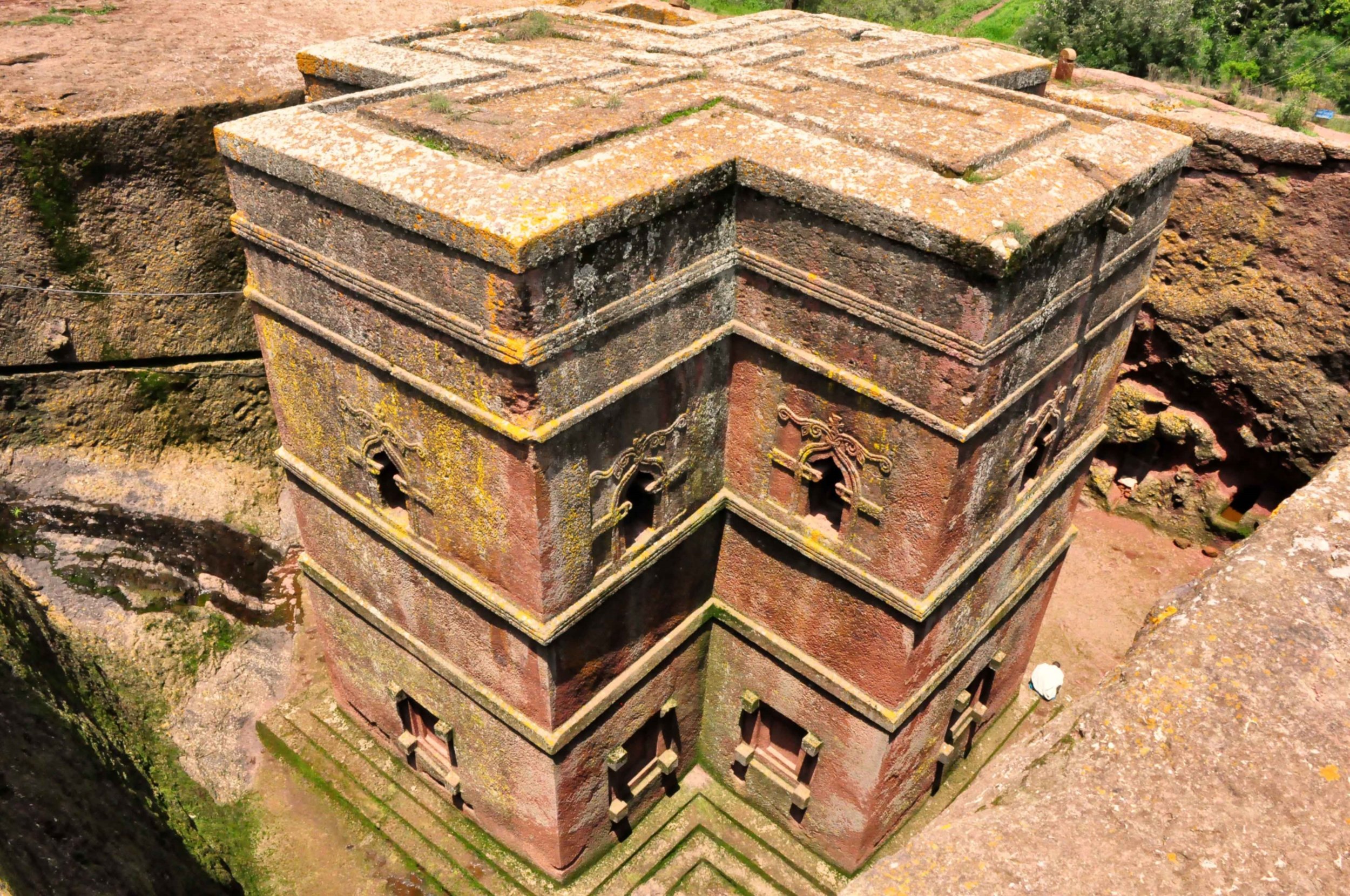Church Unity
Reflections on Denominations and Traditions
Photograph: This is an icon of the Council of Nicaea of 325 AD, holding up the Creed as it was adjusted in 381 AD by the Council of Constantinople. It is a symbol of the unified Church. Photo credit: Unknown | Public Domain.
Introduction
Jesus prayed for his followers to be united and loving towards one another (John 13 - 17). The selection of perspectives on church history in this section has been guided by the concerns raised by the Assyrian Church of the East splitting off from the rest of the church at the Third Ecumenical Council, the Oriental Orthodox Churches splitting at the Fourth Ecumenical Council, the Catholic-Orthodox split at 1054, and the Protestant movement beginning with Martin Luther in Germany.
Messages and Resources on the Church and Organization
Would Jesus be for Organized Religion?
Text of a message given to non-Christian and Christian college students, pointing out that Jesus would not be for disorganized religion, nor for overly rigid organization.
Christian Ethics of Organization: The Church, Organizations, and Organizational Authority
A long essay exploring authority in the church, starting from biblical passages and patristic literature, moving to Christian ethics for any and all organizations.
Church Structure and Mission: Organizational Diversity, Relational Unity
A presentation exploring how Catholic orders and Protestant parachurches relate to parishes and local churches.
A Defense of Parachurch Organization
A presentation exploring the history of the parachurch organizational structure, compared with Roman Catholic orders.
Why Are We Three Fellowships at Harvard?
A presentation given when Mako served with InterVarsity Christian Fellowship in campus ministry; see also Why Do We Do Ethnic-Specific Ministry, a vimeo by James Choung.
An Evaluation of the 'Five-Fold Ministry' (Eph.4:11) and 'the Charismatic Restoration'
A paper evaluating the claims of some in the "house church" movement to be restoring the "five fold ministry" of Ephesians 4:11
Links to our page compiling essays, presentations, and resources arguing that women shared all levels of church leadership with men in the earliest stage of the church. The church likely shifted to having all male leadership because of the Roman legal and social tradition of disempowering women in law and the public sphere.
Other Resources Exploring Church Organization Prior to 431 AD
The Didache. See Trevor Saxby, Succession and Commissioning to Leadership in the Early Church. Mining for Gold blog, May 5, 2019. Notes the Didache (“appoint for yourselves bishops and deacons”), acknowledging the debate over its interpretation (bottoms up vs. tops down).
Irenaeus of Lyons, Fragment 3. Irenaeus (130 - 202), bishop of Lyons from 177 - 202, comments on the unity demonstrated by second and third generation Christian leaders over the observance of Easter. Polycarp of Smyrna inherited the tradition of celebrating Passover on Nisan 14th using the Jewish lunar calendar, claiming descent from the apostles of Asia Minor. Anicetus of Rome inherited the tradition of celebrating the Sunday after Passover using the Roman solar calendar from those before him, claiming descent from Peter and Paul. Additionally, the length and manner of fasting varied. Called the Quartodeciman controversy, these practices demonstrate Jewish and Gentile sensibilities, and the unity demonstrates the early Christian recognition that their traditions might have evolved even from the apostles in different ways that were acceptable in principle.
Cyprian of Carthage, On the Unity of the Church. Cyprian provides an example of how early Christians reasoned out and perceived the nature and unity of the church.
Cyril of Jerusalem, Catechetical Lecture 17.36 writes something unusual and challenging about the sacrament of baptism: “He casts not His pearls before swine; if you play the hypocrite, though men baptize you now, the Holy Spirit will not baptize you.”
Edwin Hatch, The Organization of the Early Christian Churches. Wentworth Press | Amazon page, 1887; reprint edition Feb 2019. See also Edwin Hatch, The Organization of the Early Christian Churches (excerpt from his 1887 book).
Caroline Humfress, Orthodoxy and the Courts in Late Antiquity. Oxford University Press, 2007. “This book approaches the subject of late Roman law from the perspective of legal practice revealed in courtroom processes, as well as more ‘informal’ types of dispute settlement. From at least the early 4th century, leading bishops, ecclesiastics, and Christian polemicists participated in a vibrant culture of forensic argument with far-reaching effects on theological debate, the development of ecclesiastical authority, and the elaboration of early ‘Canon law’. One of the most innovative aspects of late Roman law was the creation and application of new legal categories used in the prosecution of ‘heretics’. Leading Christian polemicists not only used techniques of argument learnt in the late Roman rhetorical schools to help position the Church within the structure of Empire, they also used those techniques in cases involving accusations against ‘heretics’ — thus defining and developing the concept of Christian orthodoxy itself.”
Triablogue, 51 Biblical Proofs of a Pauline Papacy and Ephesian Primacy. Triablogue blog, Aug 4, 2012. An interesting test of historical and hermeneutical logic.
John Huels, OSM Richard R. Gaillardetz, The Selection of Bishops: Exploring Canonical Alternatives. Gaillardetz blog, Apr 2014. Dr. Gaillardetz is a professor of theology at Boston College and chair of the department.
Trisagion Films, The Earliest Known Prayer to the Theotokos. Orthodox Outlet for Dogmatic Enquiries, Sep 9, 2014.
Michael J. Kruger, Were Early Churches Ruled by Elders or a Single Bishop? Canon Fodder blog, Jul 13, 2015.
David Doherty, Baptizing Babies in the Early Church. Echoes in the Catacombs, Feb 15, 2018.
Sean Braswell, What the Foreskin of Jesus Can Teach Us All. Ozy, Jun 3, 2018. An entertaining article which challenges the Orthodox-Catholic tradition of relics, the question of Jesus' bodily waste, the nature of human nature and personhood in its physical dimension. See also Candida Moss, Did Jesus Poop? The Daily Beast, Jun 2, 2019. Valentinus, a popular gnostic teacher in Rome taught Jesus did not; and Clement of Alexandria agreed, saying Jesus ate food but not from human necessity.
Matthew Namee, When Did Today’s Autocephalous Churches Come into Being? Orthodox History, May 24, 2022. “The fourteen universally-recognized autocephalous churches. When did they become autocephalous? When did the current ecclesiastical structures that govern those churches come into being? This seemingly straightforward question is actually quite the can of worms…”
Stephen Freeman, The Scriptures and the Church. Glory to God for All Things, Jan 27, 2025. Brief and fascinating article about the role of liturgy because of the cost of printing and written materials, and the importance of memorization.
Church Unity: Topics:
The pages on Church Unity concern the Assyrian Church of the East, which separated over the Council of Ephesus in 431, the Oriental Orthodox Churches, which separated over the Council of Chalcedon of 451, the Catholic-Orthodox split of 1054, and the Protestant Churches beginning 1517.
